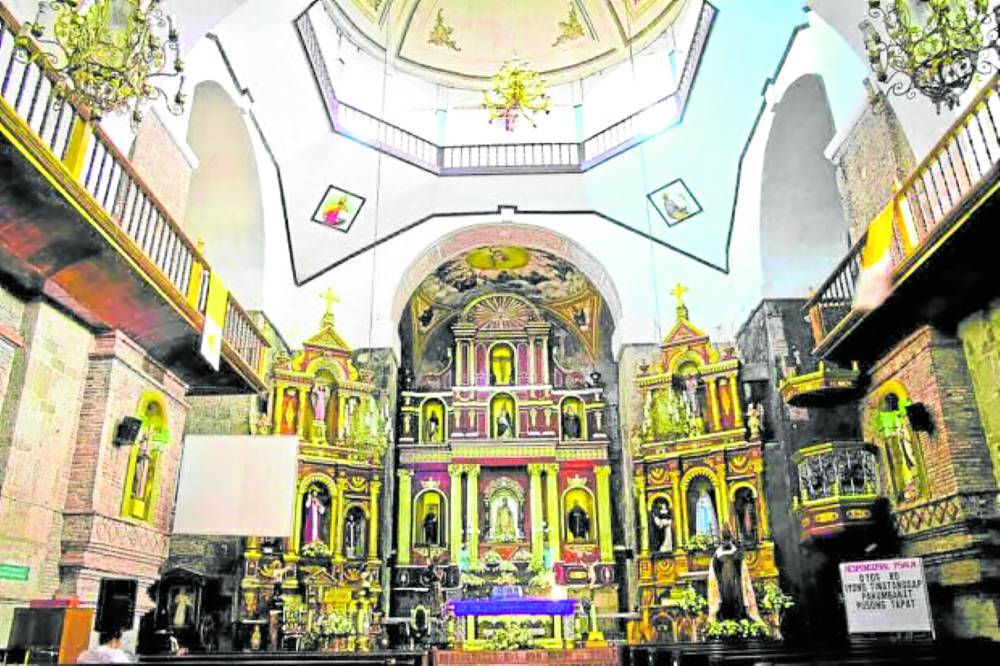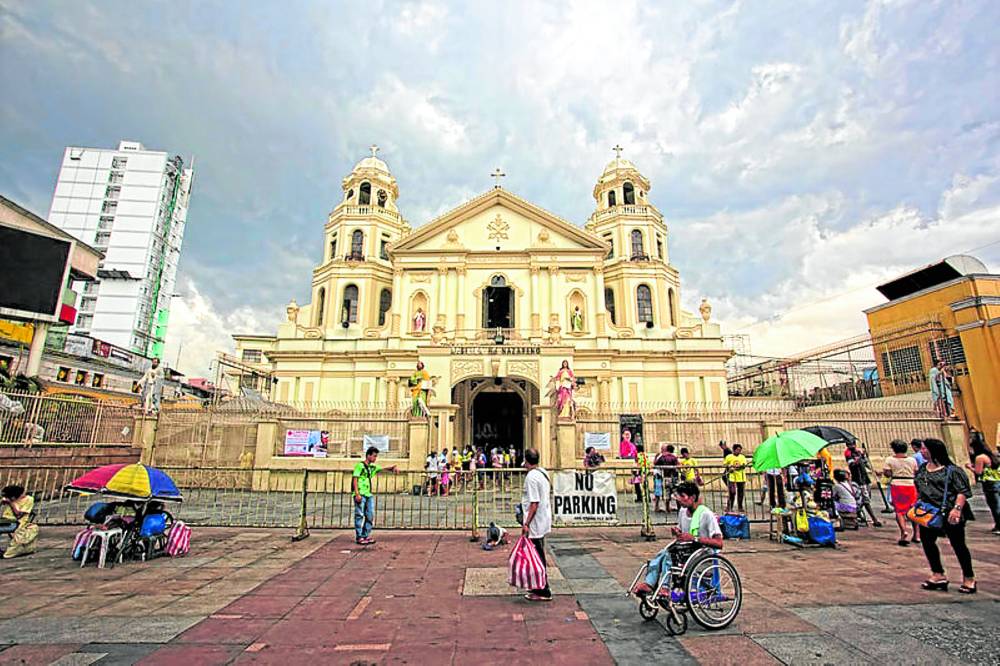Faith, religion and urban space
Throughout human history, religious life has strongly co-defined the formation of civilizations and the spaces that went with them.
READ: Building a more accessible Philippines
With Ramadan and Semana Santa happening this month of March, we are reminded of the depth with which value and belief systems are ingrained in our beings as Filipinos. From monumental places of worship, streets used for religious festivals, to small prayer corners in homes, different expressions of faith have made indelible marks on our everyday built spaces.
Ownership and territoriality
From nomadic existence, humans shifted to sedentary living as social units organized into territory-based settlements.
With increasing realization of the finiteness of resources, religion became a cornerstone of civilized life that recognized boundaries and dominions. The concept of territoriality and property ownership evolved as the dynamics between the sectarian and non-sectarian dimensions of societies changed over time.

Old churches are often in city centers where the plaza serves as a breathing space for a crowded urban area. (FILE PHOTO)
From the pre-colonial barangays and sultanates to the colonial encomiendas and post-colonial tenure based on freehold ownership, different translations of order in the management of land and other resources were based on the need to be part of a functioning human ecology (Scott, 1992, Corpuz, 1997). Religion-place associations govern spatial disposition in the Philippines as regions and provinces develop branding features based on distinct culture.
Centralities and linearities
Places of worship and religious congregations remain as urban nexuses that serve as landmarks and organizing elements in city planning. The size, location and orientation of churches and mosques govern foot traffic that influence residential and business densities.
Plazas and courtyards that hold together a complex of buildings centered on religious structure become hubs that create places with which people and communities interact as they go about their civic lives. With the traditional plaza comes an ensemble of religious, institutional, and commercial activities afforded by the mix of buildings where the church dominates.
A mosque comes with other uses such as academic spaces typified by the madrasa. These crowd drawers have varying impacts on residential and commercial location preferences. While high visibility accounts for a sense of security, they also cause road congestion, especially when placed along highways.
Relational systems
The organization of dwellings and civic spaces from ancient times to the present manifests the need of the individual to belong to a group. Being part of a collective rather than being an outcast is governed by the socially constructed demarcation between right and wrong, and between legal and illegal. The notion of neighborhood is key to achieving peace and order in any settlement type. From clan-based sultanates to the industry-based communities, the relational networks that determine harmonious co-living are underlain by common value and belief systems. Present-day planning approaches promote cooperative and co-management systems for better stewardship of common resources.
Public realm and religious events
Connections between indoors and outdoors—afforded by design features such as balconies and windows—become more important in places that celebrate community life through festivals and religious traditions. Processions and rituals bring streets to life, which add placemaking value.
Marinduque’s Moriones Festival, Manila’s Traslacion, Cebu’s Sinulog Festival, Batangas’ Salubong and the Santacruzan are vestiges of our colonial past that continue the way our private spaces interface with the public realm. Fluvial displays such as those seen during the Shariff Kabunsuan Festival in Mindanao draw people to the river. The public spaces in the cities transform into spectacles of light and color during the Christmas Season.
Risk management and the fate culture
Religion plays a significant role in risk management in a country where many face the occurrence of disasters with a fatalistic stance.
With the belief in a pre-designed life and charted future, some people shrug off disaster warnings and resignation to fate may lead to loss of lives. The belief that disasters are manifestations of wrath due to wrongdoings makes people accept their fate as punishment (Rahman, 2023). The force majeure or Act of God provisions in our legal and regulatory systems represent the belief in the uncontrollable elements that determine our destiny.
Natural environment integration
Notwithstanding privacy issues, the preference for properties near religious buildings may be attributed to the often green and open spaces where they are situated.
READ: A sustainable human environment
Old churches are often in city centers where the plaza serves as a breathing space for a crowded urban area. Water settings and water features are often integrated into the site development plans of mosques (Khalid, 2002). The belief in the afterlife makes public cemeteries and private memorial parks standard provisions in land use planning. Where these developments are situated also influences real estate prices.
Space wars and co-existence
From the great conquests made in the name of religion in the past to market forces that drive consumerism and material culture at present, belief systems have directed different types of space wars that continue to redefine economic and political boundaries.
Social divides defined by wealth and power hierarchies are somehow tempered by transcendent pursuits that also find expression in mixed communities. The tolerance for informal spaces may reflect empathy and accommodation that are rooted in our humanity and spirituality.
References: Corpuz, O.D. (1997). An Economic History of the Philippines. Quezon City. University of the Philippines Press; Khalid, Fazlun M. (2002). Islam and the Environment. Volume 5 Encyclopedia of Global Environmental Change. Chichester: John Wiley & Sons, Ltd.; Rahman, Mohammad Mushfequr. (2023). Natural Disasters: Wrath of God; Scott, William Henry. (1994). Barangay: Sixteenth Century Philippine Culture and Society. Quezon City: Ateneo de Manila University Press.
The author is a Professor at the University of the Philippines College of Architecture, an architect and urban planner





